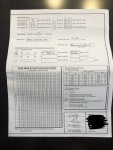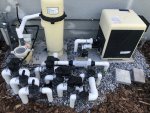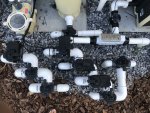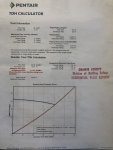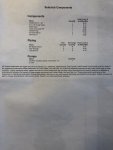My builder was out yesterday to prepare the pool for final inspection with the county. I was at work, and the only reason I noticed was that I happened to open the ScreenLogic app and saw a max pressure warning from the pump because it was running at near full speed. I called him and he let me know that he was trying to get the PSI to the level it needed to be for final inspection. Something about the Total Dynamic Head pressure needing to match the plans? I’ll admit that’s way above my level of understanding.
Anyway, he let me know he wasn’t able to get the pressure high enough (mentioned he needed it to get to 25 PSI) and will have to come back next week to try again and may need to add flow restrictors to a return or two. Is that something I should be concerned with? It seems to me that lower pressure is better from an efficiency standpoint, so I’m not quite following why PSI would intentionally be increased.
Anyway, he let me know he wasn’t able to get the pressure high enough (mentioned he needed it to get to 25 PSI) and will have to come back next week to try again and may need to add flow restrictors to a return or two. Is that something I should be concerned with? It seems to me that lower pressure is better from an efficiency standpoint, so I’m not quite following why PSI would intentionally be increased.



